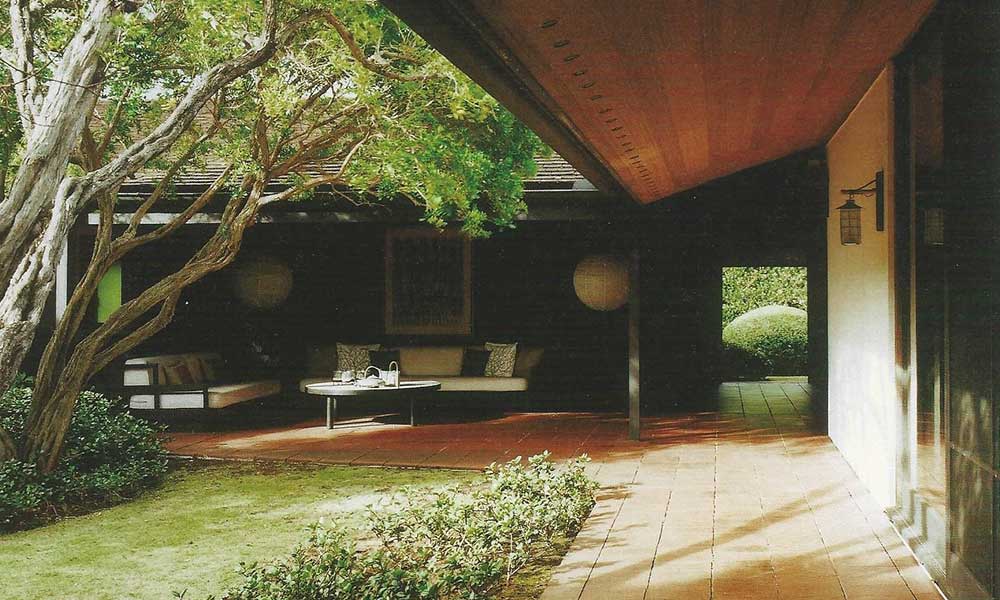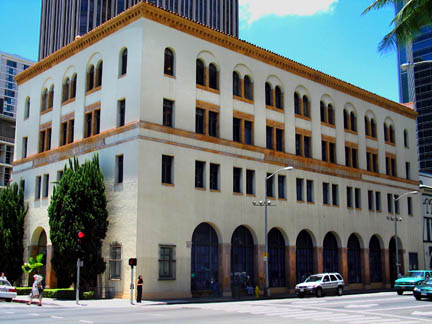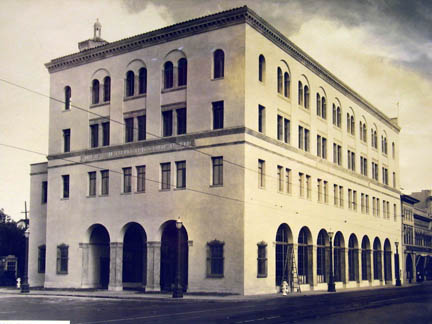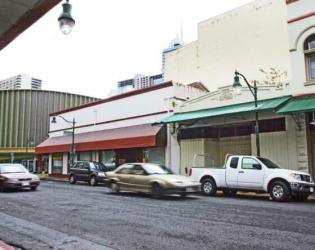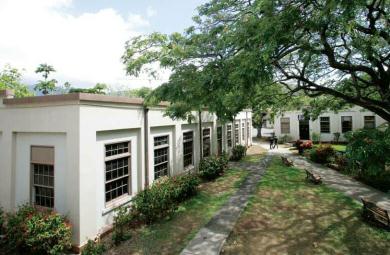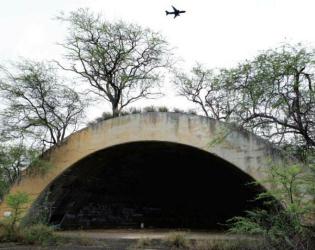Be a part of “Shaping Hawaii for Tomorrow” at the 2014 HCPO Planning Conference
You live in Hawai'i. You work in Hawai'i. You are planning Hawaii's future. We know you have ideas and projects to make planning in Hawai'i creative and resilient AND you can present them at the 2014 Hawaii Congress of Planning Officials (HCPO) on Maui in September. To make this year’s conference especially meaningful, the Maui conference team wants to hear from you . We all learn from each other and the conference is a great way to get re-energized and to hear about new ideas to help Hawai'i SHIFT into the future. SHIFT - Shaping Hawaii for Tomorrow, is this year’s theme. We want to hear about your projects, case studies and ideas, especially those that are innovative and offer a different way of solving planning problems SUBMIT YOUR IDEAS and a proposal by following the link below to the Call for Sessions page. ENGAGE IN THE SHIFT! https://hcpomaui2014.squarespace.com/call-for-sessions/ We recommend opening the page using Firefox or Google Chrome browser. Please share with anyone who might have interest in participating. MAHALO! HCPO Maui Program Committee ___________________________________________________________________________________________ Historic Hawaii Foundation 1974~2014 ~ Celebrating 40 years of preservation in Hawaii! We’re Social! Like us on Facebook Follow us on Twitter Sign up for our E-news for the latest on preservation-related events, news and issues here in Hawai‘i & beyond.



